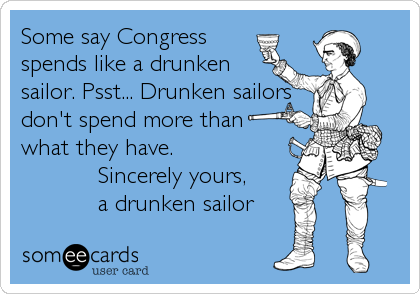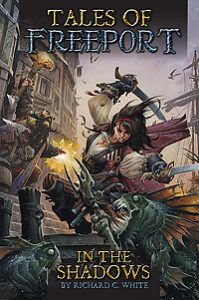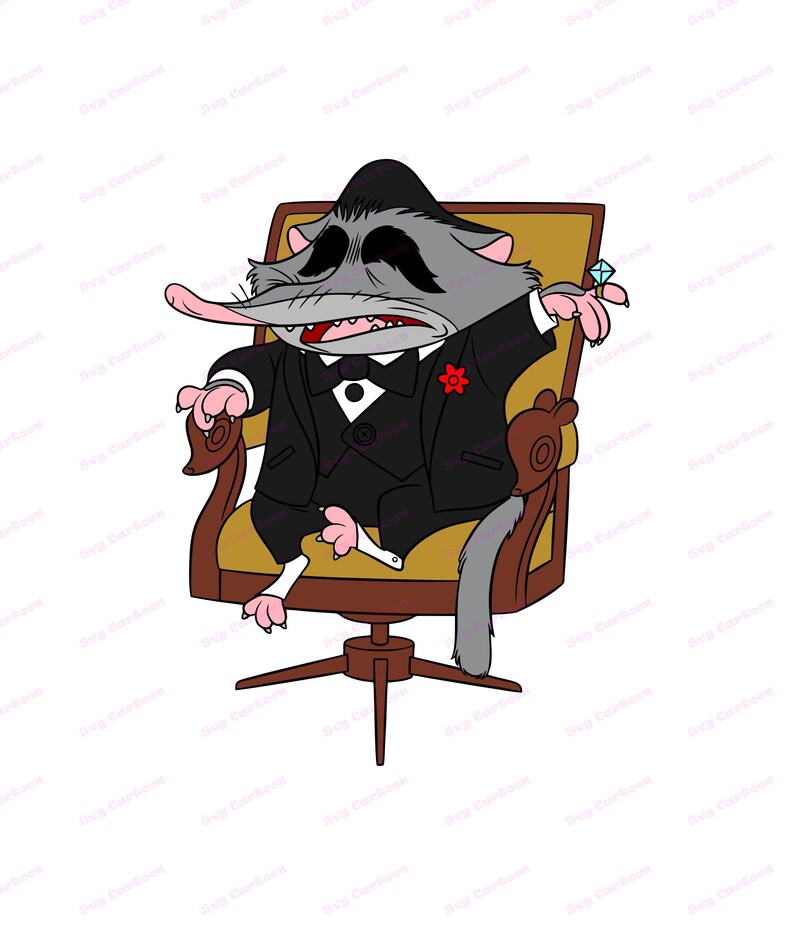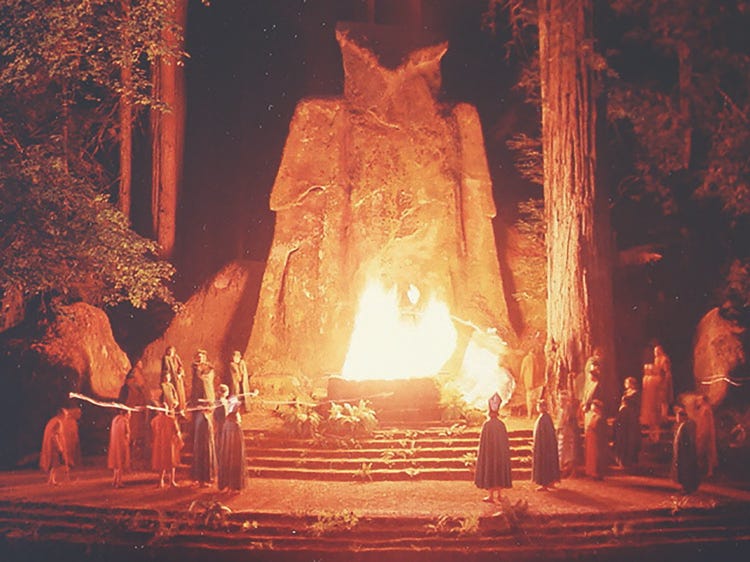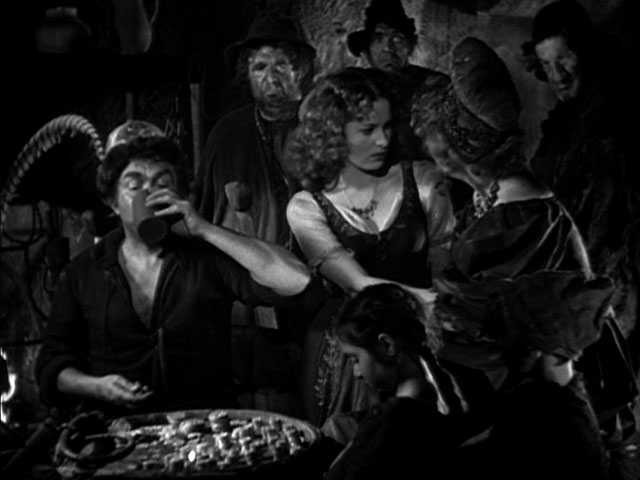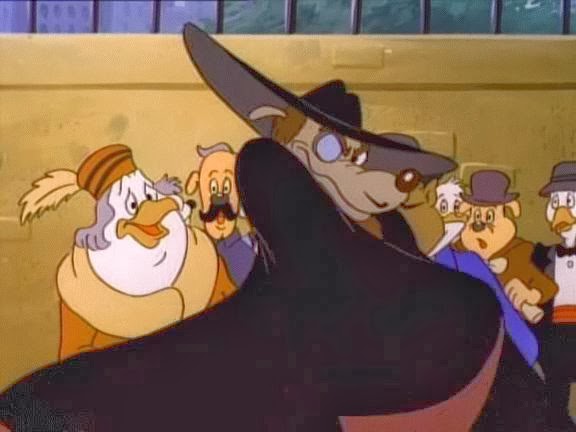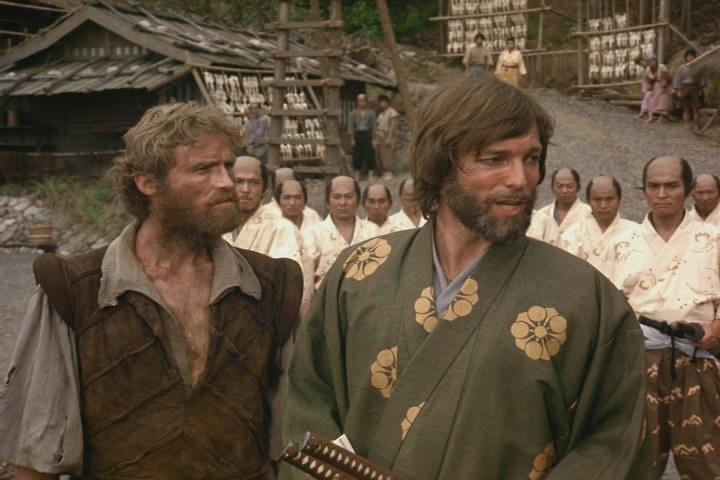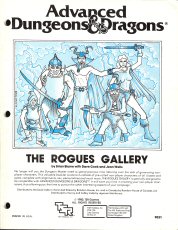Chapter Six – Rules You Can Use
You might remember that
Swashbuckling Adventure what felt like thousands of pages of prestige classes and feats, and they put them as the first thing in the book, each category with its own chapter. In this book, the new rules are about 25 pages, and they include:
- New Classes/Prestige Classes (5 pages)
Skill Variants (1/3 page)
New Feats (1 page)
New Spells (6 pages)
New Magic Items (13 pages)
The information density is pretty good. There’s some interior art, but no major blocks of white space. Descriptions (on average) are no longer than the core rules. There are no PC base classes – the classes include two Prestige Classes and an NPC class.
The first Prestige Class is the
Freeport Pirate
The prestige class can be qualified for after 4 levels (it requires a +4 BAB) and no more than 4 skill ranks in any skill. Members of this class are described as being proficient with all simple and martial weapons, but not armor. It would be more appropriate to say they do not GAIN any armor proficiencies; by RAW they would actually LOSE any armor proficiencies they have. The class has a full BAB, a good Reflex save, and one or more class features at every one of the 10 levels. At first level the Pirate gains their Charisma bonus to AC (in addition to Dex), a bonus to balance checks, and the ability to move at full speed when succeeding on a balance check. At 2nd level the pirate retains their Dexterity bonus while climbing negating any bonuses against them and gains an animal companion (usually a monkey or parrot). They eventually get the ability to deal subdual damage without a penalty, to perform a coup-de-grace as a standard action, hold their breath longer, gain a +2 AC bonus when holding an off-hand weapon not used for attack, weapon focus/weapon specialization, a fear aura and a dying curse. Most of the abilities are not ‘high level’ – since this is a prestige class and you’re already accessing it at mid-levels, none of the abilities are really appropriate at the point where you qualify for them. This would be improved by making it a 5-level prestige class, and compressing all the Level 1/level 2 abilities to first level, all the level 3/level 4 abilities to 2nd level (etc).
The next Prestige Class is the
Crimeboss

Qualifying as a crimeboss requires 8 ranks in Gather Info, so your first level of Crimeboss could be as soon as character level 6. You do have to have a territory to control. The first benefit you get is an automatic income equal to your Crimeboss level + Charisma x 100 (ie, a 1st level Crimeboss with a +5 Charisma modifier would earn 600 gp per week. Also at first level they are able to attract Rogues with leadership (instead of just warriors, experts), but it doesn’t actually GIVE them leadership. Even though the focus is on having minions who do the dirty work for you, the Crimeboss gets Exotic Weapon Proficiency – Handcrossbow, +2d6 Sneak attack (over 10 levels). They get some bonuses to their Leadership score, add their CHA to AC (even for touch attacks at 5th, immunity to mind-affecting magic at 7th level, and a
sanctuary style effect at 10th level. Once again, as a 16th level character you’re still significantly weaker than a full caster, but having goons as a class feature makes this a better class than the Freeport Pirate. If this had been compressed into 7 levels, it might be better.
The cultist is a base NPC class, and reads like a fusion of the Adept with a Rogue. They get +4d6 sneak attack over 20 levels, gain spell casting at 5th level up to 5th level spells as 20th level. They gain Leadership for free, as well as bonuses to their Leadership score. It’s not as good as a PC class, but it looks like it allows for some magical spells and a little bit of a tougher melee fight than you would get with adepts, and a little more surprise than you might get with rogues. The spell list is mostly taken from the cleric list, but it is greatly reduced. In my mind, having domains associated with whatever you were a cultist too would make sense; in this case a death cult and a cthulu-cult have the same spell list.
Skill variants include two optional languages: Semaphore (using flags to spell words) and Naval code (using flashes of light to spell words).
There is only a page of feats, and I’m glad there aren’t more – they aren’t very good. Several are only selectable at first level. This includes Drac Bloodline (which would make you eligible to promote to Sea Lord under the current rules) and provides a +1 bonus to three skills, or filthy which gives you a +2 bonus to poison and disease saves. Greater Improved Initiative increases your bonus to Initiative to +8, requiring both Improved Initiative and Lightning Reflexes. Intellect Fortress could be a good defensive feat for Wizards; it allows you to use your Intelligence modifier instead of your Wisdom modifier on Will Saves. Other feats allow you to substitute DEX for STR skills, or INT for DEX skills.
Most of the spells are mid-level, but there are a few low-level spells that make underwater exploration possible or allow casters to deal subdual damage instead of lethal damage. Not all of the spells are well designed. Perhaps the spell likely to have the largest impact on the game world is one that creates a permanent spring that cures disease.
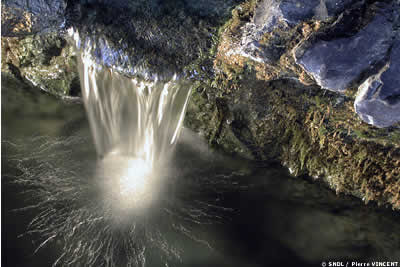
Now instead of a pilgrimage, you can have a 9th level cleric come to you and permanently protect your village from disease
Magic Items include armor and weapon properties with various equivalent bonuses. Armors that provide a +10 bonus to skills (equivalent to a +1 bonus) end up being less expensive than a dedicated item (ie, a +10 skill ring costs 10,000 gp; the difference between a +4 and +5 armor is 9,000 gp). There are better options, so making those a simple extra cost (like Improved Silent Moves) might make more sense (but the costs in the core rules are insane). In any case, this campaign setting is not suggesting any fixes to magic item costs. Weapons fall into the same trap, but are somewhat more interesting. Properties like acidic and acidic burst have been suggested by many people in many places. I’d argue that the abilities are too expensive (by far), but if repriced, would be worth considering.
An adroit weapon is designed to allow a user to apply their Dexterity modifier in place of their Strength modifier for attack rolls (but it counts as a +2 bonus!!!???). A Crippling weapon can allow you to trigger a
symbol of pain on a successful strike, but counts as a +3 bonus. A knockback weapon lets you make a bullrush attempt without entering your targets square as a +2 bonus. A radiant weapon can cast
daylight which counts as natural sunlight for creatures who are vulnerable to that (+2 bonus). A rummer weapon allows you to include a potion in your weapon; this one only increases the base cost by +1,000 gp.

Still seems pricey – getting a flask built into an everyday object is surprisingly easy
A Sea Legs weapon (+1) gives you +1 attack/damage when on a deck, a +4 to swim checks, and the weapon doesn’t count toward your encumbrance when swimming. A Septic weapon (+1) allows you to cast
contagion. A Tangling weapon (+1) can impart the same effect as a Tanglefoot back 1/day. A Thirsting weapon (+1) deals +1d4 dehydration damage (+1d8 to plant and water creatures).
Among the specific weapons is a Ballista of Piercing that can that make an attack against any number of creatures in a line; you roll to hit against each one, as long as the hit succeeds, it penetrates to the next target in line. A Catapult of Accuracy is more accurate than a standard catapult.
Beamsplitter is a +3 greataxe that deals quadruple damage to wooden objects.
Dnupler is a +2 unholy guisarme; those that it slays rise as zombies. A
Rapier of Revenge is a -2 weapon that gets increased bonuses every time you’re hit by an opponent.
Reaversbane is a +4 thundering lawful longsword that allows the wielder to cast
dictum, magic circle against chaos and
order’s wrath. The
Whaler’s Greatlance is a +2 wounding weapon, bane aquatic creatures. I wouldn’t consider any of it particularly exciting, but certainly acceptable.
There are three potions – the first one is designed to make a crew more pliable. The second one splits a poison into 3 parts (the target must be exposed to ingested/contact/inhaled to be affected). I like this because there are a lot of ways you could build a mystery around poison when multiple people were exposed to one or two parts, but not all three. Finally, they have a potion that allows you to survive by drinking seawater or other non-thirst-quenching beverages which seems thematically appropriate for a campaign that features a lot of nautical themes.
There are a handful of rings – each of them are at least interesting. One can grant +5 temporary hit points and allow you keep fighting while in negative hit points (which unfortunately will kill you, and it is overpriced at 18,500 gp). One allows you to use Dex instead of Str for Climb and Jump (2,000 gp). One allows you to fly and gives you Flyby Attack (6,500 – a real bargain), one gives you bonuses to spot/listen in dim light (but makes you sensitive to bright light), and one gives you a +4 bonus to Trip checks and Improved Trip as a feat. I generally like magical items that give you feats for free – there are a lot of feats, and characters get very few.
There are too many wondrous items to discuss in detail. They’re all appropriate to the campaign. There are some special materials – corals reduce the XP costs to make magical items; 100 XP savings per 2,000 GP of the stone’s worth. Whalebone can replace a primarily wooden weapon/tool and increases the hardness/decreases the weight.
Appendix 1 – Typical Dwellings
This is a one-page map of three different typical dwellings; a mansion, a tenement, and a modest home.
Appendix 2 – Firearms
Firearms are optional in Freeport; loading a weapon takes 3 full-round actions. A feat can reduce the time by a full-round; you can take it twice to make loading a single full-round action. You can only make multiple attacks with firearms if you have multiple weapons at the ready. There’s more variety in the firearms than you might typically see. They have a grenade launcher and a shotgun. Damage from firearms ranges from 2d4 to 3d6; rolling a 1 on the attack requires that you roll a misfire; a 1-3 on that roll causes the weapon to explode; a 17-20 causes the shot to fire (but you can try again without reloading). Outside of those results, you may have progressively longer reload times before you can use the weapon again. The rest of the chapter introduces a firearms manufacturer and a map of the factory.
Appendix 3 – Narcotics
There are only two drugs included. Drugs are like poisons with a (generally positive) initial effect and a generally negative secondary effect, along with a chance at addiction.
The index, a couple of ads, and the postermap of the city conclude the book.
Concluding Thoughts
It isn’t that Freeport is an amazing Setting – it’s at best pretty good – but it’s surprising how many settings fail to provide any justification to play there or any suggestions of why you’d want to. Freeport is a city that hasn’t been built on trying to emulate historical accuracy, but instead to provide adventurous things for players to do. Even though there was no major focus on finding ways to feature swashbuckling adventures, the scale of the book (a single city) ends up suggesting a few more possibilities than were provided when trying to discuss an entire world. More swashbuckling feats or classes that aren’t going to see play don’t automatically turn D&D into a swashbuckling campaign. Essentially, this campaign setting assumes you can have swashbuckling adventures
with the rules as written with an adventuring location that lends itself to it. They probably could have suggested rules to put more swagger in Freeport, but they weren’t trying to make a new RPG – they’re focused on making a setting for the rules you’re already using. I think that’s a good strategy considering the popularity of 3.x at the time this was published – people didn’t want to learn a new ruleset; they wanted to have options to customize their characters and engage in a dynamic world.
While the book did a decent job of providing a geography and places of interest, it didn’t have a lot in the way of detailed characters. Using Freeport with just this book would still require the GM to develop a cast of villains (either expanding on some of the characters introduced in this book, or adding more), but since the setting supports people coming and going, there’s a fair bit of flexibility there. Having allies disappear for a session or two, then reappear when their ship returns to port can help explain why players may not always be able to rely on the same solutions to some of their problems. I’m pretty convinced that the information provided gives a good framework for expanding material.
Ptolus may be the gold-standard for city sourcebooks, but it’s long (and I know I haven’t read it all the way through) and it’d be hard to master the material well-enough to feel confident with every aspect. I think that this sourcebook does a good job of giving you enough information that you can feel you know Freeport well enough to run it for your players, without having to worry about too many details that you’re certain to create contradictions.









